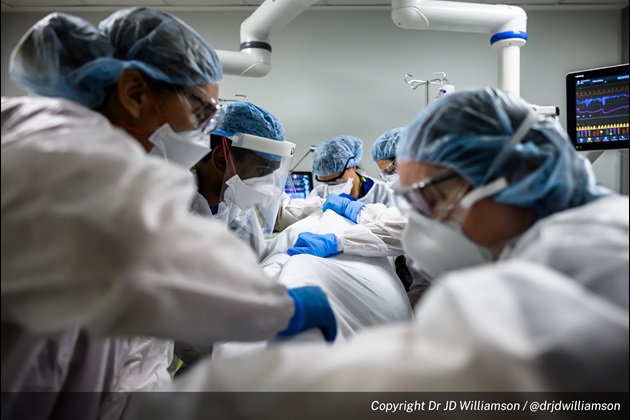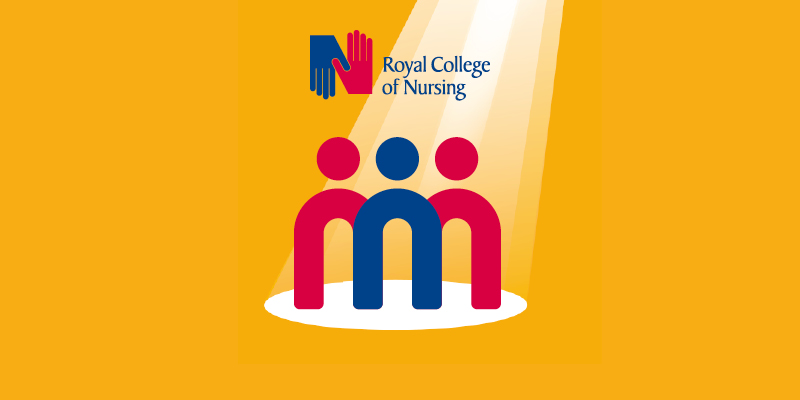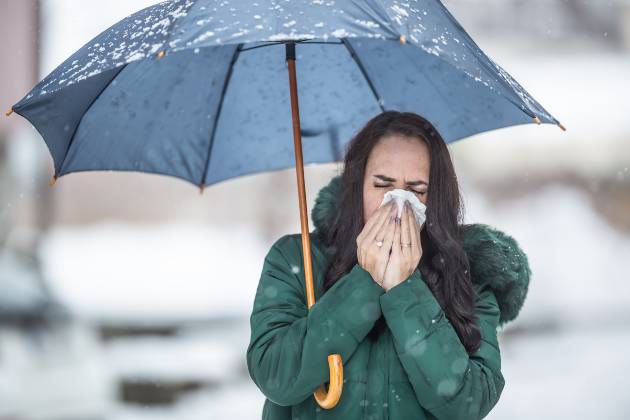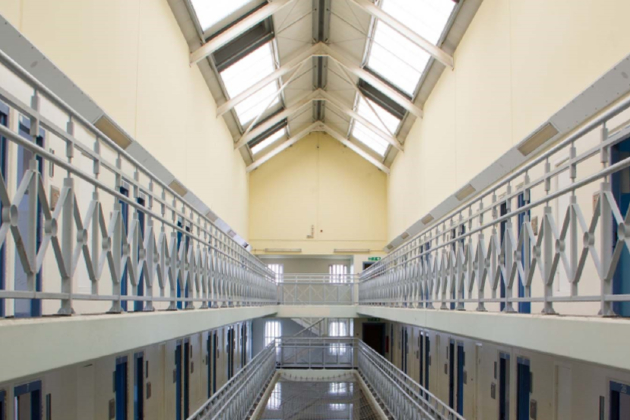Patients in intensive care units (ICUs) are benefiting from an intervention known as proning to help improve low blood oxygen levels
What is proning?
It’s a manual handling procedure where a multi-disciplinary team carefully manoeuvres a patient’s position, so they are lying on their front, face down, in a “prone” position.
The aim is to change the way the patient is resting, which is usually going from lying on their back to their front and back again. Lying on their front encourages a larger part of the lung to expand, allowing the diaphragm to increase its range of movement so patients can take bigger breaths.
Although turning a patient to the prone position is not an invasive procedure, it is complex and has many potential risks and complications, such as loss of airway, pressure ulcers and line displacement.
Why is it important in critical care?
Proning is usually carried out in intensive care units when a patient is not responding well to mechanical ventilation.
Oxygenation can be significantly improved in patients with acute respiratory distress syndrome (ARDS) when ventilated in the prone position. Lung injury with features of ARDS is one of the key characteristics of patients with COVID-19, which is why this intervention is applied.
Turning a patient to the prone position is complex and has many potential risks and complications
What is the nursing support worker’s role?
A team of at least five people should undertake the proning procedure, and this may include nursing support workers. They may be hands-on during the procedure, overseeing equipment, preparing trollies, or they may document the process.
The team will also include at least one health care professional who is competent in managing airways (usually an anaesthetist, ICU doctor or advanced critical care practitioner), and the nurse looking after the patient.
Where can I get more information?
The Faculty for Intensive Care Medicine and the Intensive Care Society have released guidance for prone positioning in adult critical care, and there is also guidance available for proning conscious COVID-19 patients.
Take a look at the latest RCN guidance and advice on COVID-19.
The importance of training
Suman Shrestha, RCN Professional Lead for Critical Care, discusses the issues when proning is being used to support intubated and non-intubated patients with respiratory failure in acute and critical care units:
"In intensive care, this complex procedure poses risks to a patient’s physiological instability. There’s also a huge risk of dislodgement of endotracheal tube, which maintains the patient’s airway, and dislodgement of lines. Everyone needs to be aware of the potential risks and perform the intervention very carefully.
"Proning checklists must be followed thoroughly, especially when redeployed health professionals are helping because they might not be as familiar with the procedure.
"It’s important for health care professionals to be trained in proning because this is a risky procedure. Always speak up if you feel unsure about what you’ve been asked to do.

"We prone for about 18 hours at a time, and at the moment, because ICU services are so stretched, patients might not be proned and de-proned in a timely manner; that will add some risks such as pressure area damage.
"Particularly during this second COVID-19 surge, we’re proning more patients who are awake. It’s carried out to improve oxygenation and prevent patients requiring intubation, mechanical ventilation and admission to ICU.
"Maintaining dignity is important so it’s vital we talk to the patient, explain why we are proning them, and make them as comfortable as possible."
A vital intervention
Kelley Burns recollects how proning became a vital procedure in the fight against COVID-19:
"I was redeployed to an ICU during the first wave of the pandemic and often assisted with proning patients. It’s a delicate procedure that requires good communication and effective teamwork as the patient can become easily distressed when already unconscious and ventilated.
It’s a delicate procedure that requires good communication and effective teamwork
"We had a prone pack which had pads for the face to help reduce the risk of pressure, and it included a checklist. We started off with the team introducing ourselves – which was important because it’s hard to recognise each other in full PPE.

"It’s not a quick procedure, but one that is controlled and monitored. Between the consultants and the nurse responsible for the patient, there’s a lot of discussion before a decision is made to move a patient.
"There are ethical considerations as well as clinical. We’re constantly monitoring how things go, and obviously we’ve got to consider the patient’s personal hygiene and dignity.
"I often assisted with the airway trolley, ensuring that if equipment was required, it was quickly accessible. Part of my role as a runner on the ward also involved documenting this information."
Kelley is a warrant officer class 2 and military health care assistant with Queen Alexandra’s Royal Army Nursing Corps.








